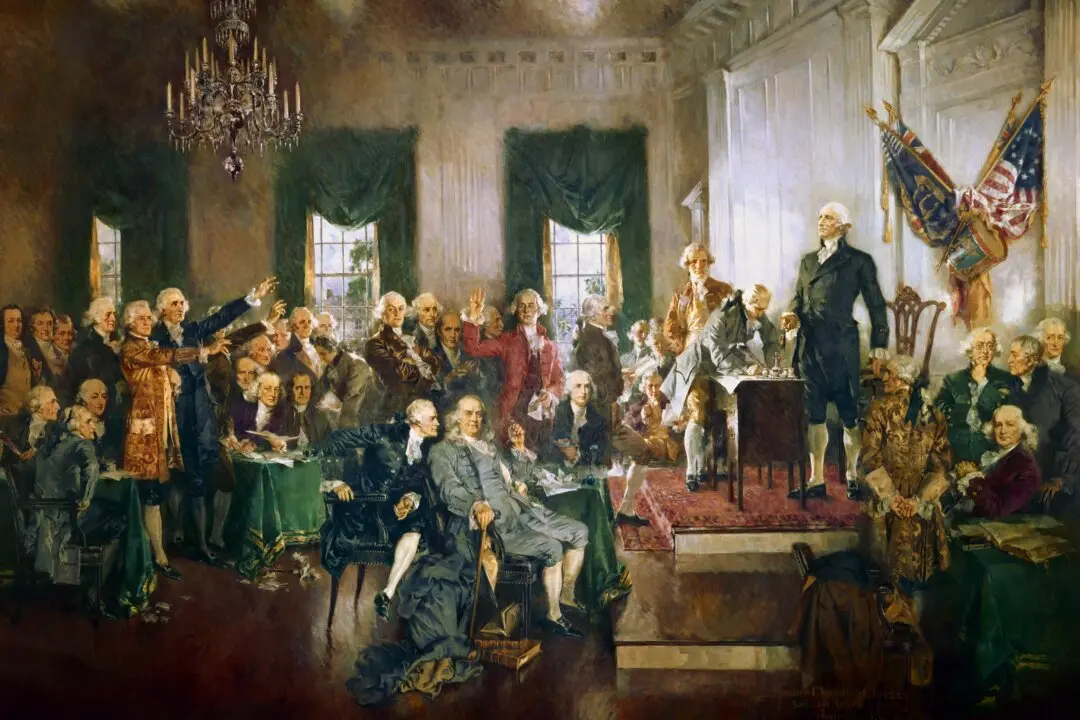NR | 2h 23min | Drama, Biopic | 1983
How many people did Oskar Schindler save from Nazi brutality in WWII? 1,200. How many people did Hugh O’Flaherty save about that same time? 6,500! Two exceptional films salute these wartime heroes. Why, then, do most cinema lovers know of only Schindler and little to nothing of O’Flaherty?




